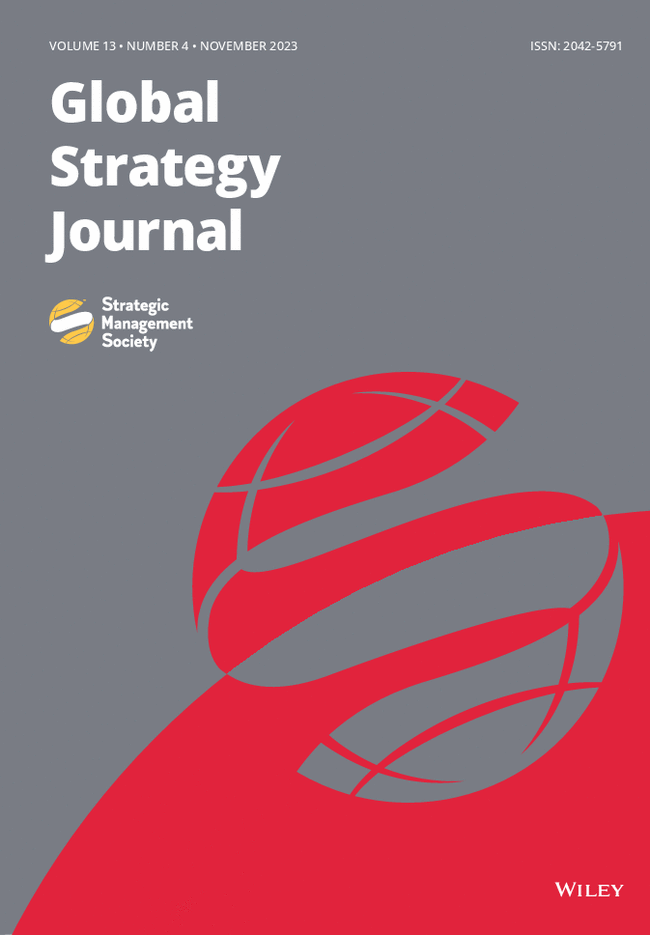Adopting the attention-based view of the firm as our principal theoretical lens, we explore the mechanisms by which subsidiaries attract or avoid headquarters attention in developing successful assumed autonomy-based initiatives. To this end, our study utilizes qualitative data from subsidiary and headquarters perspectives in a multiple case study design. Our study reveals that subsidiaries first engage in non-disclosure of assumed autonomy-based initiatives to avoid negative headquarters attention. We then highlight the way in which subsidiaries undertake initiative selling to attract positive headquarters attention; in particular, we identify the unique selling criteria of demonstrable financial success and corporate alignment. Finally, we reveal the importance of timing in balancing the competing dual requirements of non-disclosure and initiative selling.
Our paper aims to explore the mechanisms by which subsidiaries attract or avoid attention from headquarters, to ensure that their proactive, autonomous actions facilitate the attainment of an extended role within the MNE. We highlight three mechanisms as especially important here for subsidiary managers. First, we reveal that subsidiaries initially engage in “non-disclosure” of these actions to avoid negative headquarters attention. Second, we discover that subsidiaries ultimately look to demonstrate the financial success and corporate alignment of their autonomous actions. Finally, we emphasize the importance of timing in balancing the requirements of non-disclosure and the “selling” of the subsidiary's actions to headquarters.


